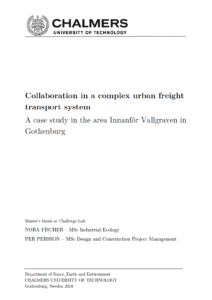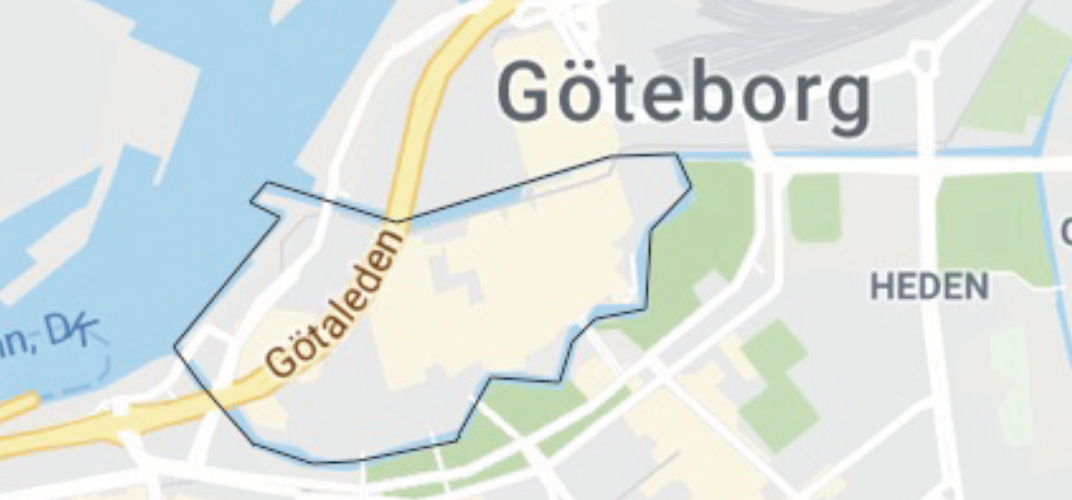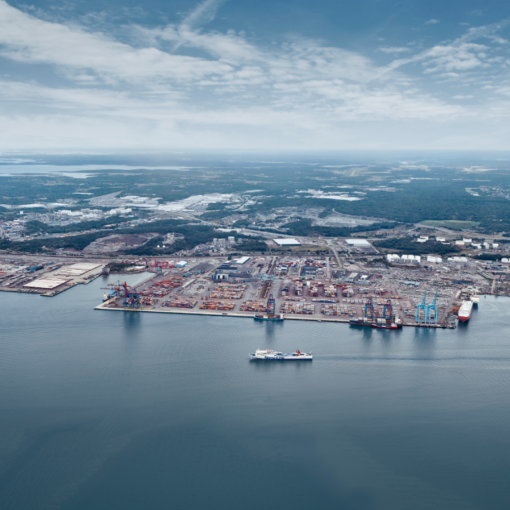NORA FISCHER & PER PERSSON (2019)

Freight transports are an essential part of society as they enable both social and economic value. However, there are challenges connected to freight transports. Especially urban areas, where over 90 per cent of the Swedes will live in 2050, face challenges such as congestion, emissions and noise. The purpose of this report is to explore the opportunities for transitions towards a sustainable development of the urban freight transport system in the area Innanför Vallgraven in Gothenburg. Two research questions are supporting the purpose.
- What are the main characteristics of the urban freight transport system, in the area IV and what are the barriers against sustainable
- development of the urban freight transport system in the area IV? How can stakeholders in the area organize collaboration towards a more sustainable urban freight transport system?
The urban freight transport system is complex as it is influenced by different factors such as many stakeholders with sometimes conflicting interests and decisions on infrastructure and city planning. Furthermore, it has impacts on the sustainable development of a city in terms of economic, environmental and social sustainability.
In this thesis the multilevel perspective is used as a theoretical framework to describe the complex urban freight system. In semi-structured expert interviews and Delphi surveys, stakeholders were involved and described their view on characteristics of the urban freight transport system. In follow-up interviews with participants from the Delphi survey it was explored how stakeholders could collaborate towards a more sustainable urban freight transport system. The interviews were based on measures and barriers that the stakeholders had identified in the Delphi study to give them ownership of the problem.
After analyzing the data the desirable future, characteristics of the system and possible ways to use collaboration for transitions were identified. The characteristics of the system were multi-stakeholder environment, fragmented deliveries, an increased use of light trucks, time regulations on vehicle types and collaboration in an FQP. Sustainable development in the system is hindered by low economic profitability of alternative transport modes, regulations, a lack of shared system understanding and goal communication as well as a lack of incentives for more sustainable transports. In the thesis a high interest for collaboration as a tool for understanding in-between stakeholders and to improve efficiency in the urban freight transport system could be identified. A broad collaboration network is already well functioning in Gothenburg, but there is a need to have a smaller collaboration network where specific problems for the area Innanför Vallgraven can be addressed. Thus, it is suggested to involve relevant stakeholders in the area in a group that systematically addresses problems and implements solutions in the area.





